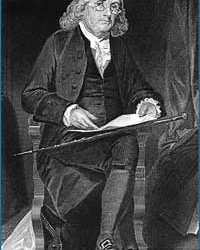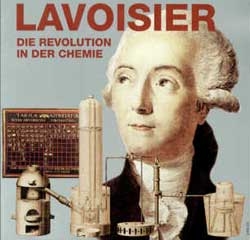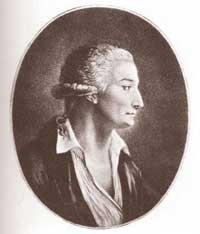Since the early 20th century, diabetes patients have been able to lead more stable, longer, and productive lives thanks to a “miracle drug” – insulin.
Before the discovery of insulin, individuals diagnosed with diabetes were essentially given a death sentence due to the lack of effective treatment options.
On July 27, 1921, Canadian surgeon Frederick Banting and University of Toronto medical student Charles Best successfully isolated insulin for the first time.
This event marked one of the most significant breakthroughs in the history of diabetes treatment.
Just a year later, diabetes patients began receiving insulin treatment.
It was this historic invention that earned Dr. Frederick Banting the Nobel Prize in Physiology or Medicine 100 years ago, on December 10, 1923.

Dr. Frederick Banting (right) and Charles Best – the first to discover a life-saving treatment for diabetes using insulin. (Source: University of Toronto).
Frederick Banting was born on November 14, 1891, in Alliston, Ontario, Canada.
As a high school student, Banting went largely unnoticed by his peers due to his average academic performance and lack of outstanding qualities.
After graduating high school, he initially studied theology at the University of Toronto before switching to medicine.
Immediately after graduating from medical school in 1916, Banting joined the Royal Canadian Army Medical Corps and went on to care for wounded soldiers in Canadian regiments on the battlefield in France.
For his dedication and bravery in combat, Banting was awarded the Military Cross by the British Royal Family.
At the end of World War I, Banting returned to Toronto, working as an orthopedic specialist at Toronto Sick Children’s Hospital and also teaching at the Western Ontario Medical School.
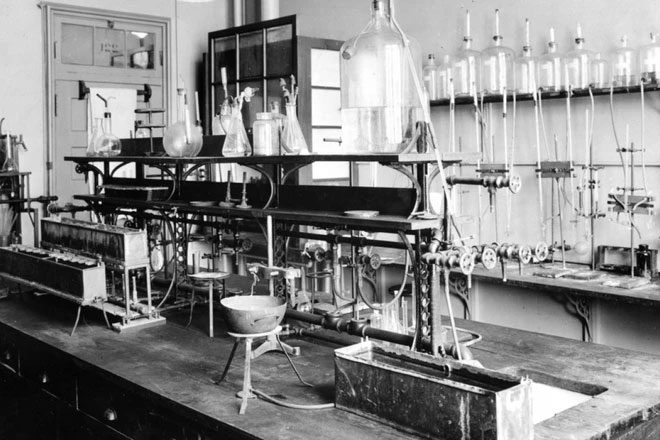
A laboratory on the University of Toronto campus, where Dr. Banting and Best conducted research on insulin. (Source: University of Toronto)
In the early 20th century, many life-threatening diseases had no effective treatments, including diabetes.
Banting became interested in diabetes after reading a medical report on pancreas function, which stated that diabetes resulted from the pancreas not performing its normal function.
Many other doctors believed that specialized cells, known as Islets of Langerhans, produced a substance that helps regulate blood sugar levels. Diabetes occurs when this substance is not produced.
Deeply interested in this issue, Dr. Banting began his research into diabetes.
While conducting his research, on October 31, 1920, he proposed the idea of extracting insulin from the pancreas of dogs.
He discussed his idea with Professor J.J.R. Macleod at the University of Toronto, who provided him with a laboratory and an assistant, medical student Charles Best. Best would later become a renowned physician in Canada.
Throughout the summer of diligent work, Banting and Best removed the pancreases from dogs, which resulted in them developing diabetes. They attempted to purify a chemical hormone from the pancreas and extract various components from the Islets of Langerhans.
Subsequently, these substances were injected into the diabetic dogs for testing, and they found that diabetes was reversed.
Initially, the injected drug contained many impurities and often caused dangerous side effects. With the assistance of Professor Macleod and chemist James Collip, the team of scientists was able to create a purified extract from the Islets of Langerhans – insulin, which was pure enough for human trials.
Fifteen months after Dr. Banting proposed the idea of extracting insulin from the pancreas of dogs, on January 11, 1922, 14-year-old Leonard Thomson was successfully treated at Toronto General Hospital with insulin.
Thomson lived until April 20, 1935, after 13 years and 3 months of insulin injections. This research breakthrough opened a new chapter in the treatment and saving of millions of diabetes patients.
With this discovery, Dr. Banting and Professor Macleod were nominated and awarded the Nobel Prize in Physiology or Medicine on December 10, 1923.
In addition to the Nobel Prize, Dr. Banting was awarded an annual stipend of CAD 7,500 by the Canadian Parliament, which he received for life. In 1934, he was knighted by the British Royal Family.
At the peak of his career, on February 21, 1941, Dr. Banting tragically passed away in a plane crash.
Building on Banting’s scientific research, in 1928, Oskar Wintersteiner demonstrated that insulin is a protein.
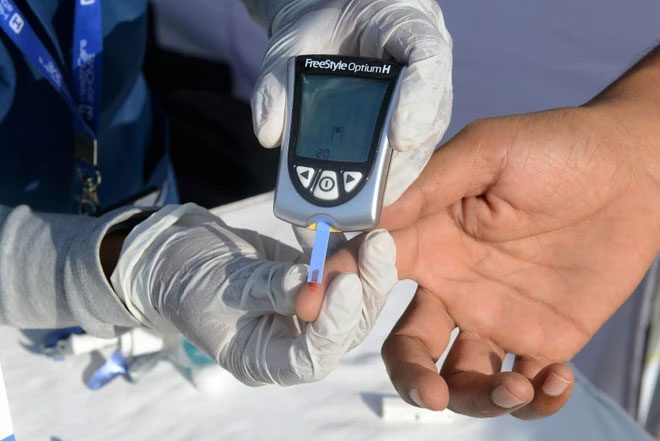
A healthcare worker taking a blood sample to test blood sugar for a patient. (Photo: AFP/TTXVN).
In 1955, Nobel laureate Frederick Sanger discovered the amino acid sequence of human insulin. This allowed scientists to create an insulin gene, which could be used to create genetically modified bacteria capable of producing large quantities of insulin with high purity.
Insulin was commercially produced by extracting this substance from the pancreases of cattle and pigs.
Over decades of research, various types of insulin with different durations of action and minimized side effects have been developed, optimizing blood sugar levels for diabetes patients.
To honor Dr. Banting’s contributions, the World Diabetes Association and the World Health Organization have designated November 14 each year – Dr. Banting’s birthday – as World Diabetes Day, to raise global awareness about diabetes prevention.








































